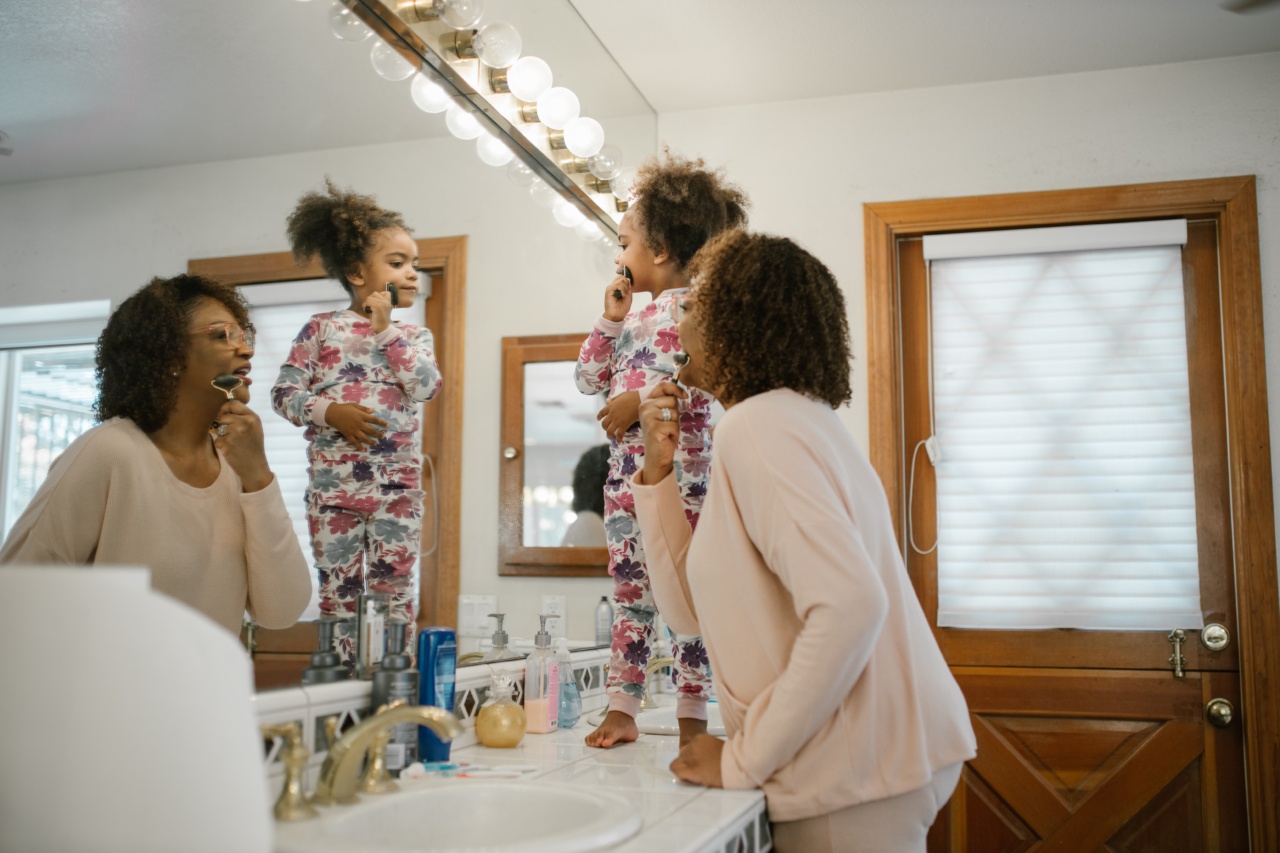As children grow and develop, it is important that they understand their bodies, how they work and how to keep them healthy.
As parents, caregivers and educators, it is our responsibility to teach children about their bodies in an age-appropriate and respectful manner. Here are some tips on how to approach this topic:.
Start Early
It is never too early to start teaching children about their bodies. This can begin as early as infancy, by naming body parts during diaper changes or bath time. As children get older, discussions can become more detailed and in-depth.
Use Proper Terminology
When teaching children about their bodies, it is important to use proper terminology for body parts. This helps to remove the stigma and shame attached to certain words and creates an open and honest dialogue.
Using “private parts” or “down there” only perpetuates the idea that these body parts are shameful or taboo.
Keep it Age Appropriate
When discussing their bodies, it is important to keep the conversation age-appropriate. Young children may only need to know the basics, such as what each body part is called and how they function.
As they get older, discussions can become more detailed and include information such as puberty and sexual health. It is important to avoid overwhelming children with too much information at once.
Respect Privacy and Boundaries
Teaching children about their bodies is important, but it is also important to respect their privacy and boundaries.
Children have the right to say “no” when it comes to their bodies, and it is important that we listen and respect their wishes.
Encourage Questions
Encouraging children to ask questions is an important part of teaching about their bodies. This creates an open and safe space for them to learn and ask for clarification.
It also provides an opportunity for parents and caregivers to correct any misinformation or misconceptions that children may have.
Provide Visual Aids
Visual aids can be a helpful tool when teaching children about their bodies. This can include diagrams or books that provide a visual representation of the body and its functions. These resources can be a helpful supplement to verbal discussions.
Be a Role Model
Children learn by watching and emulating those around them. Being a positive role model when it comes to body image, boundaries and healthy habits is an important part of teaching children about their bodies.
Teach About Consent
Teaching children about consent is an important part of body safety. Children need to understand that they have the right to say “no” and that they should respect other people’s boundaries as well.
This includes family members, friends and strangers.
Discuss Healthy Habits
Teaching children about healthy habits can also be a part of teaching about their bodies. This can include discussions about nutrition, exercise, hygiene and sleep.
Helping children to establish healthy habits early on can set them up for a lifetime of good health.
Conclusion
Teaching children about their bodies is an important part of their development. By approaching this topic in a respectful and age-appropriate manner, parents and caregivers can help children to understand and appreciate their bodies.
Encouraging questions, providing visual aids and teaching about consent and healthy habits can all be helpful tools in this process.































